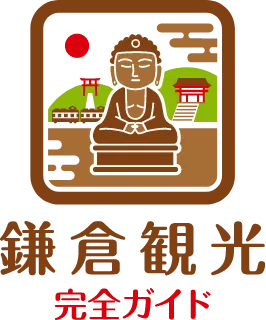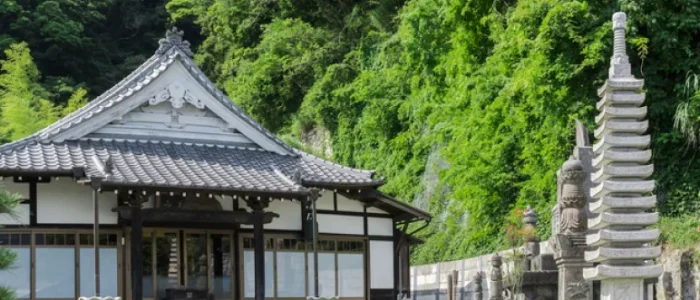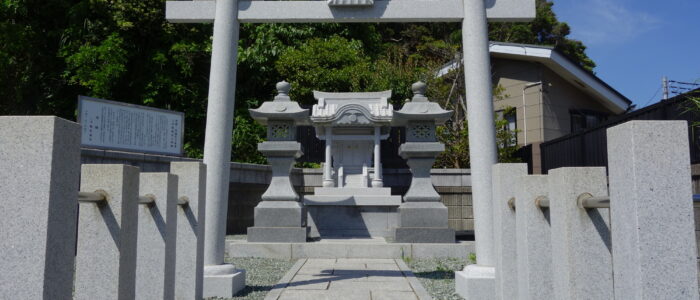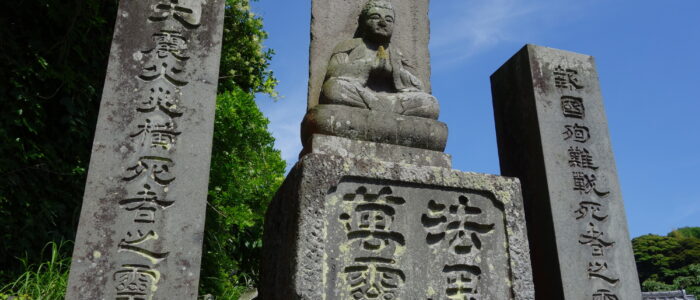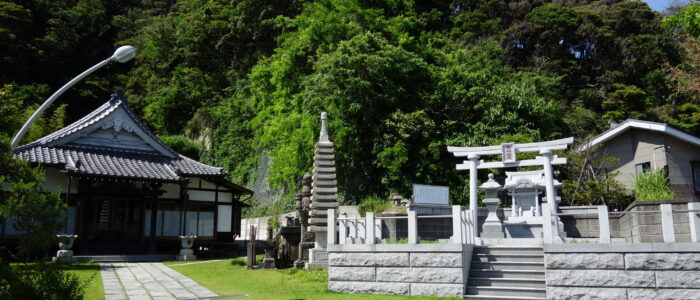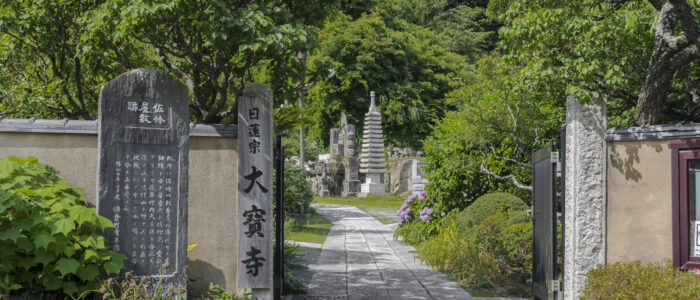Taiho-ji Temple (大宝寺)
What Is Taiho-ji Temple (大宝寺)? — History and Background
Taiho-ji Temple, a Nichiren Buddhist temple in Ōmachi, Kamakura, Kanagawa Prefecture, is said to stand on the former site of Minamoto no Yoshimitsu’s (源義光) residence from the late Heian period (late 11th century). This is still remembered as the “Satake Residence Site,” though there is some debate about Yoshimitsu’s actual residence in Kamakura. However, historical records indicate that the Satake clan, descendants of Yoshimitsu, received this land from Minamoto no Yoritomo (源頼朝) and used it as their estate for generations.
The temple was founded in the late 14th century, when Satake Yoshimori (佐竹義盛) established Tafuku-ji Temple (多福寺). In the mid-15th century, the temple was restored as a Nichiren sect temple by Nisshutsu Shōnin (日出上人) and renamed “Tafukuzan Taiho-ji Temple (多福山大宝寺).”
Highlights — Scenery, Architecture, and Features
Taiho-ji Temple is known for its quiet, peaceful atmosphere. On its grounds is a hōkyōintō (宝篋印塔) pagoda associated with Minamoto no Yoshimitsu, traditionally said to be his grave, though it is more likely a memorial. Behind the main hall lies the “Minamoto no Yoshimitsu Mausoleum,” a secluded spot apart from general grave sites, offering visitors a serene place for contemplation.
The white torii gate of Tafuku Inari Daimyōjin (多福稲荷大明神) stands out, enshrining a deity for business prosperity and bountiful harvests. The grounds are adorned with cherry blossoms in spring and colorful maple leaves in autumn. The principal statue, Sanbō Soshi (三宝祖師), represents the Buddhist treasures of Buddha, Dharma, and Sangha, and is deeply revered by worshippers seeking peace and comfort.
Blessings and Cultural Significance
Many visit Taiho-ji Temple to pray for safe childbirth and child-rearing, making it an important spiritual center for the local community. Particularly famous is the “Kosodate Kishimojin Festival” (子育鬼子母神祭), held each year on May 9, where prayers are offered to Kishimojin, a once-demonic deity converted by Buddha and now revered for protecting children.
Omikuji, Goshuin, and Unique Customs
Admission is free (donations appreciated), and various types of goshuin (temple stamps) are available, including inscriptions such as “Hōbutsu no On,” “Nyo Renge Zaisui,” and “Namu Myōhō Renge Kyō,” giving visitors a tangible link to Buddhist teachings.
Access and Opening Hours
Taiho-ji Temple is about a 15-minute walk from Kamakura Station. Visiting hours are 8:00 a.m. to 4:30 p.m., with goshuin available during this time. The surrounding area is quiet and away from the main tourist zones, providing a relaxing atmosphere.
Best Time and Season to Visit
The temple is rarely crowded, even during the day, allowing you to enjoy the tranquil ambiance. Especially during cherry blossom season in spring or the vibrant foliage in autumn, the temple grounds are stunning and ideal for photography. It’s a hidden gem not often included in day trips, but if you stay at Tosh’s Place (トシズプレイス) or another self-catering, unmanned accommodation, you can visit such places at your leisure, spending quality time in historical tranquility.
Nearby Spots — Walkable Recommendations
Ōmachi is home to several historic sites, including Myohon-ji Temple (妙本寺), Anyo-in Temple (安養院), Ankoku-ron-ji Temple (安国論寺), and Yakumo Shrine (八雲神社). Myohon-ji Temple is notable for the “Satake Yagura,” a cave tomb linked to the Satake clan, showing its historical connection with Taiho-ji Temple. The area has many temples and shrines related to Nichiren Buddhism, giving it a pilgrimage-like, spiritual atmosphere.
